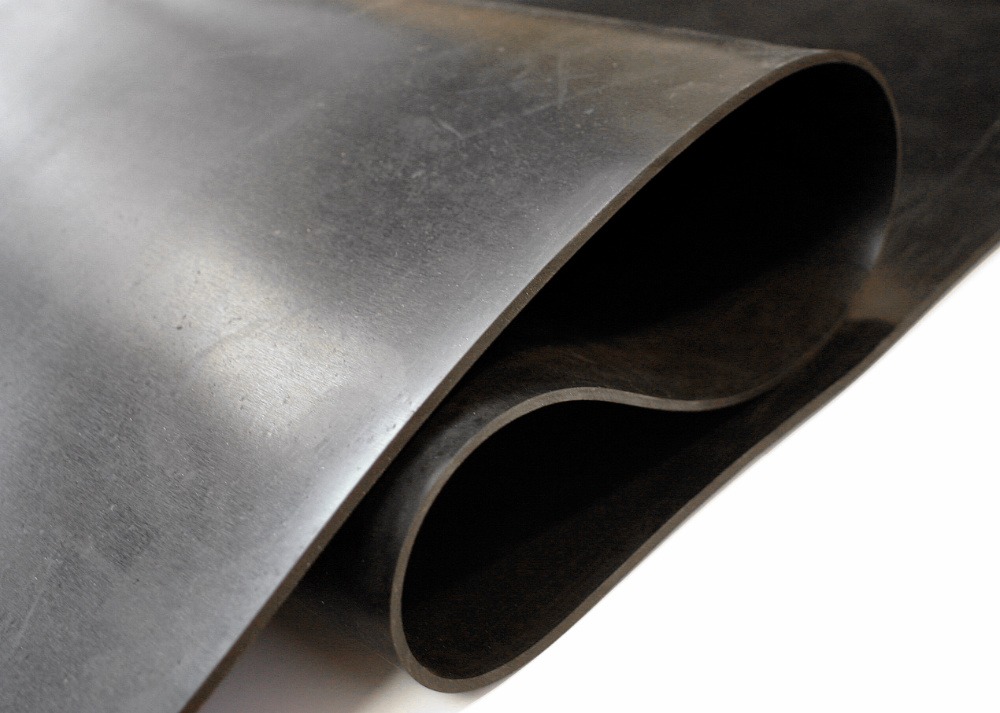EPDM rubber (ethylene propylene diene monomer rubber) is a synthetic rubber that is often used for a variety of purposes. EPDM (ethylene propylene diene monomer) is a cross-linked copolymer of ethylene, propylene, and a minimal volume of non-conjugated diene monomers (3–9%). Dicyclopentadiene, ethylidene nobornene, or 1,4 hexadiene are the most common dienes. Traditional vulcanization methods are applicable to these terpolymers. EPDM is ideal for outdoor and high-temperature applications because of its exceptional characteristics. EPDM offers strong resistance to alkalis, acids, and oxygenated solvents, as well as great resistance to heat, ozone, and sunshine. Excellent temperature adaptability and water and steam resistance.
EPDM is usually made using a polymerization in solution method. Vulcanization is a chemical method used for converting polymers into more stable materials by forming cross links into the polymer chain. EPDM is normally vulcanized with sulfur; however, when sulfur-free rubber is needed, peroxides are used instead. Various additives or products can also be used during EPDM production to achieve the desired physical properties; for example, food-grade EPDM can be made from FDA-approved ingredients for use in food processing operations. EPDM, like most rubbers, comes in a variety of shapes and sizes, including pellets, cements, and sheets of various thicknesses. Compression molding, transfer molding, rubber injection, rubber extrusion, and rubber to metal bonding are only a few of the industrial techniques that EPDM rubber can be used for.
EPDM is a quite economical option to silicone rubber for areas that will be exposed to the environment or moisture, as well as for electrical insulation. It can, however, be utilized as roofs or liners. It's mostly utilized in the following four industries:
1. Automotive: EPDM commonly found in automotive applications because of its flexibility, resiliency, and weatherability. It can be found in vehicle weather stripping, cable harnesses, seals, wire, sealant, and brake systems. It’s also mixtured with other materials to make rub strips, fender extensions, and car bumpers.
2. Industrial: EPDM is used because of its electrically insulating and waterproof features, as well as its flexibility and resilience. EPDM is used in a variety of items, including water system O-rings, hoses, and gaskets, as well as electrical insulators and wire and cable connections. It also takes the form of accumulator bladders, grommets, diaphragms, and belts.
3. Construction: used for sealant, expansion joints, garage door seals, pool and tank liners, and waterproof coating for bitumen roofs. It’s even used on RV roofs.
